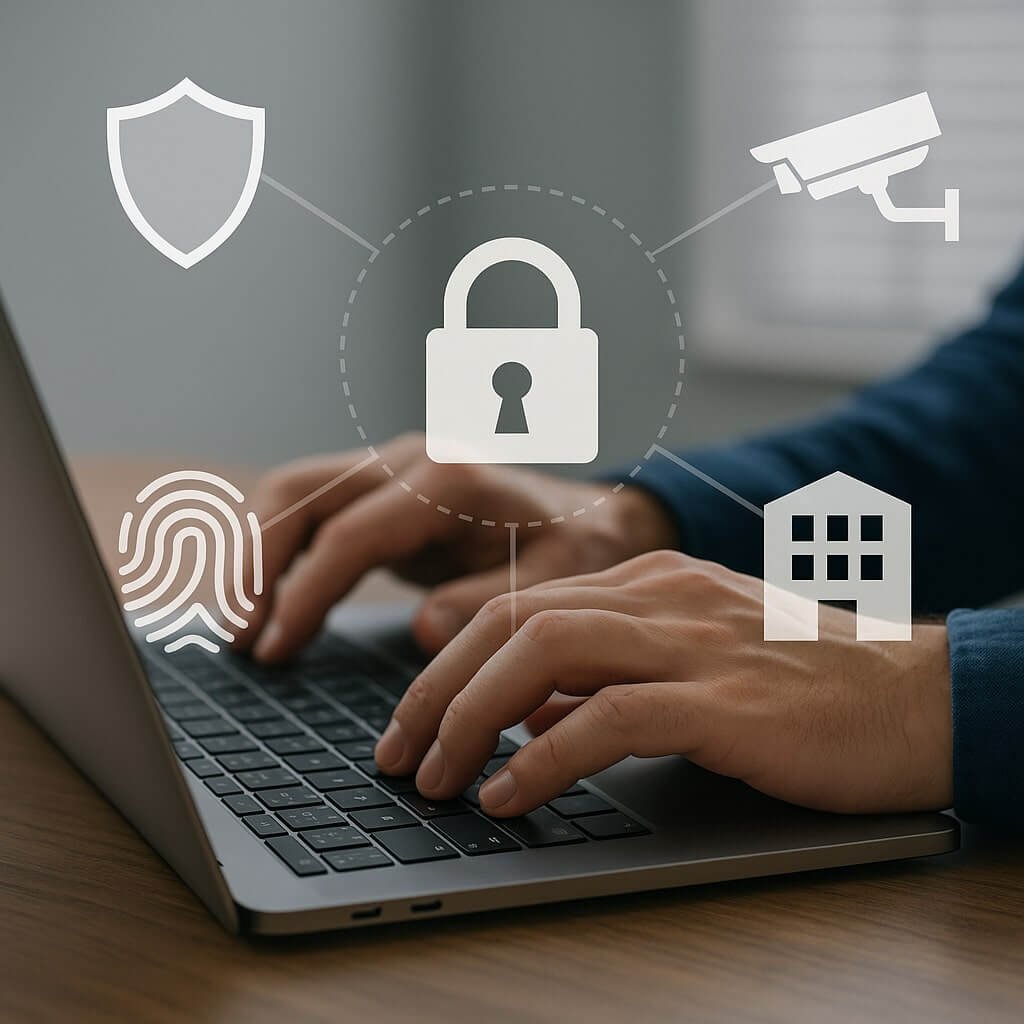Integrating network security with other security systems is essential for effective threat management in today’s complex landscape. As cyber threats evolve, a unified security strategy allows you to enhance visibility and streamline incident response. This integration not only fosters collaboration among various security domains but also simplifies compliance. However, implementing such integration isn’t straightforward. Understanding the key components and best practices can greatly impact your organization’s security posture. What might those best practices look like?
Key Takeaways
- Establish clear firewall policies to protect against unauthorized access while integrating with other security measures for comprehensive defense.
- Utilize intrusion detection systems to monitor network activity and provide alerts, enhancing overall security integration.
- Implement centralized logging and monitoring to streamline compliance and forensic analysis across all integrated security systems.
- Foster collaboration among security teams to ensure seamless communication and faster incident response during threats.
- Leverage predictive analytics and automated responses to enhance integration, enabling proactive threat management and reducing manual intervention.
The Importance of a Unified Security Strategy
In today’s interconnected digital landscape, where cyber threats evolve rapidly, having a unified security strategy is essential for any organization.
When you operate with security silos, you risk creating gaps in your defenses, leaving vulnerabilities that attackers can exploit. A cohesive approach to security integrates various systems and processes, ensuring thorough risk management.
By breaking down these silos, you enhance visibility across the network, enabling real-time threat detection and response. This integration fosters collaboration among teams, allowing for more effective communication and quicker mitigation of risks.
Breaking down silos enhances network visibility, enabling real-time threat detection and fostering collaboration for quicker risk mitigation.
Ultimately, a unified security strategy not only strengthens your overall security posture but also optimizes resource allocation, ensuring that your organization remains resilient against emerging threats in a complex digital environment.
Key Components of Network Security Integration
While many organizations recognize the need for robust network security, understanding the key components of integration is essential for effective implementation. Two fundamental aspects are firewall policies and intrusion detection systems (IDS). You must guarantee that these components work cohesively to enhance your security posture.
| Component | Description |
|---|---|
| Firewall Policies | Define rules for incoming/outgoing traffic, blocking unauthorized access. |
| Intrusion Detection | Monitors network traffic for suspicious activity, alerting on potential threats. |
| Security Information | Collects and analyzes security data for informed decision-making. |
| Logging and Monitoring | Tracks network activity for compliance and forensic analysis. |
| Incident Response | Establishes procedures for addressing security breaches efficiently. |
Integrating these elements creates a thorough defense against evolving cyber threats.
Benefits of Integrating Security Systems
Integrating security systems offers significant advantages that enhance an organization’s overall resilience against cyber threats.
By consolidating various security measures, you achieve cost efficiency, reducing the need for multiple standalone solutions and streamlining resource allocation. This integration allows for centralized management, enabling real-time monitoring and quicker response times, which is essential for mitigating risks.
In addition, a unified approach enhances communication between different security domains, leading to improved threat detection and response strategies.
You’ll also find that integration simplifies compliance with industry regulations, as it creates a cohesive security framework.
Ultimately, these benefits not only bolster your security posture but also empower your organization to adapt swiftly to evolving threats, ensuring better protection of critical assets.
Best Practices for Implementing Integration
To effectively implement integration in your security systems, start by conducting a thorough assessment of your current infrastructure. Identify areas for improvement in data sharing and guarantee system compatibility among various components.
| Best Practices | Key Considerations |
|---|---|
| Conduct Compatibility Tests | Make certain all systems can communicate effectively. |
| Standardize Protocols | Use common data formats to facilitate data sharing. |
| Create a Centralized Dashboard | Monitor integrated systems in real-time for peak performance. |
Future Trends in Security System Integration
As technology evolves, the landscape of security system integration is set to undergo significant transformation, reshaping how organizations approach their security architecture.
You’ll see a shift towards more intelligent systems that leverage machine learning and cloud security, enabling seamless integration.
Key future trends include:
- Predictive Analytics: Machine learning algorithms will analyze data patterns to predict potential threats before they materialize.
- Decentralized Security: Cloud security will facilitate distributed architectures, allowing real-time collaboration across devices and locations.
- Automated Responses: Systems will integrate automated responses to incidents, reducing human intervention and enhancing response times.
These advancements will lead to more adaptive, resilient security frameworks, ensuring you stay ahead of evolving threats in an increasingly interconnected world.
Conclusion
Integrating network security with other security systems isn’t just beneficial; it’s essential for staying ahead of cyber threats. By adopting a unified security strategy, you enhance visibility, streamline incident response, and foster collaboration across security domains. This proactive approach not only simplifies compliance but also bolsters operational efficiency. As you implement these integrations, keep an eye on emerging trends to guarantee your organization remains resilient against evolving vulnerabilities and attacks. Your security posture depends on it.




